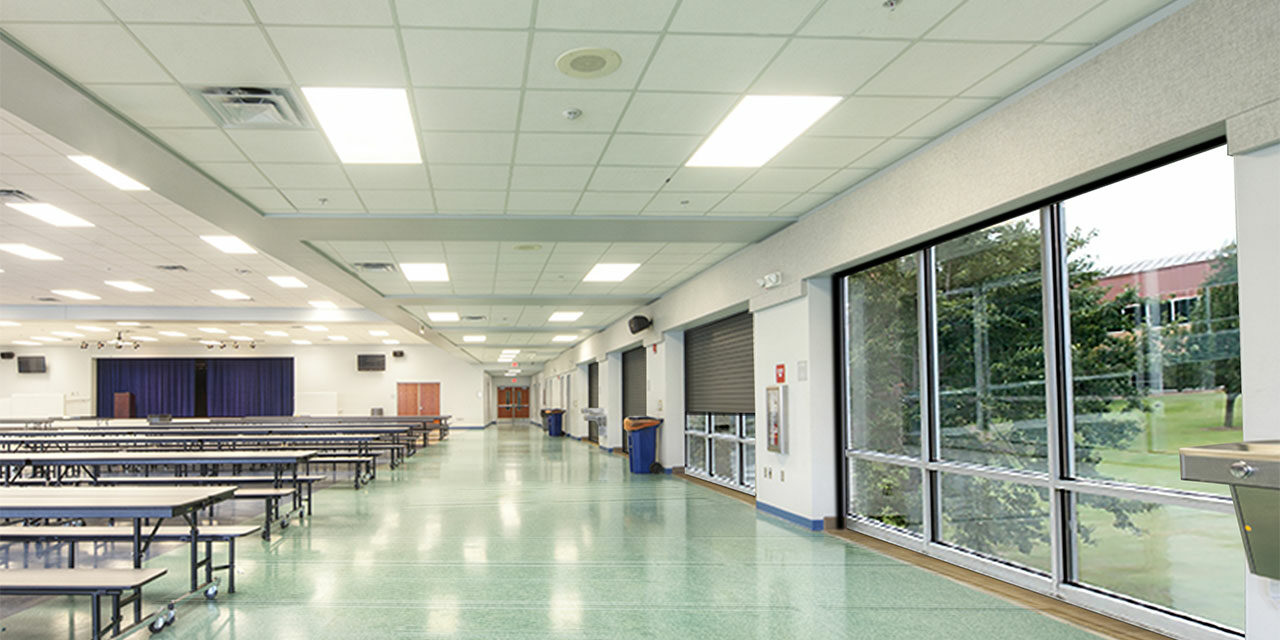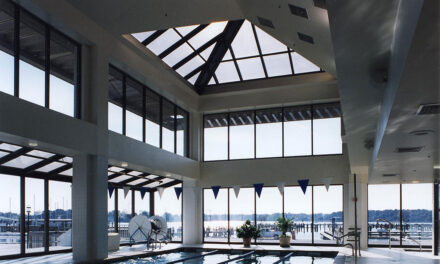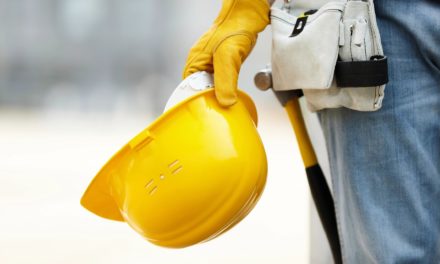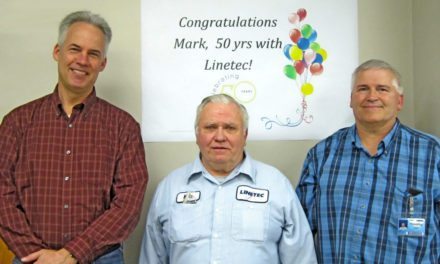The United States experiences more tornadoes than any other country. More than 1,200 twisters touch down per year, four times the number of tornadoes that the entire European continent experiences. To put things into perspective, this more than 10 times the number experienced by Canada, which ranks second in total annual tornadoes.
In 2011, Joplin, MO experienced the single deadliest EF-5 tornado in history. That single tornado tragically took the lives of 161 people and left close to 1,000 injured. Since then, thousands of other tornadoes and dozens of hurricanes have caused billions of dollars in damage to communities from coast to coast – destroying lives and uprooting families in the process.
While it is a sad reality that extreme weather events will continue to wreak havoc on communities, new and evolving construction standards have led to advanced code-driven building products solutions. From doors to windows, building envelope systems to roofing material, the A&D community have powerful new tools in creating safe rooms and hurricane shelters.
At the heart of this evolution are FEMA P-316 and ICC 500 standards, both of which were created to provide guidelines and requirements that promote life safety. While there is still work to be done, FEMA P-316 and ICC 500 have made lasting changes on the industry and are helping to safeguard communities around the country.
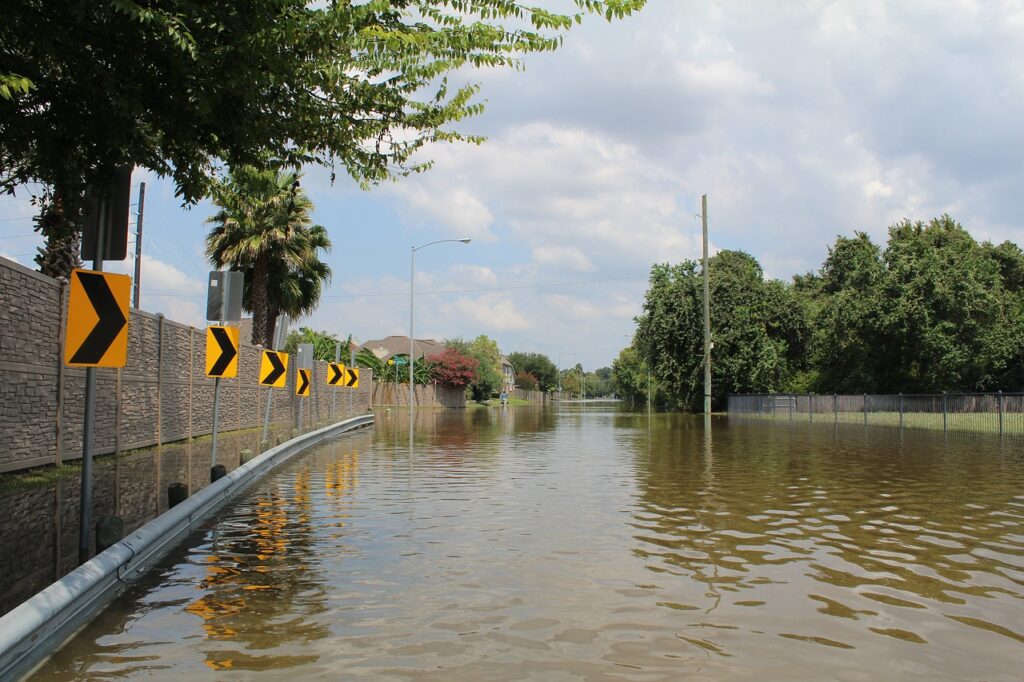
Understanding FEMA P-361 and ICC 500
The primary function of FEMA P-316 is to provide guidance on best practices related to the design, construction and operation of safe rooms. It focuses on the criteria that is needed to build a safe room that protects its occupants during tornadoes and hurricanes.
One key point to remember with respect to FEMA P-361 is that it is simply a guideline, not a standard. The only time that FEMA P-361 becomes a requirement is if the storm safe room shelter is funded by a FEMA grant.
FEMA grant funding for safe rooms has increased from $30 million in 2015 to $90 million in 2017 in accordance with the increase in the number of tornadoes and extreme weather events. As of 2016, more than 37,000 tornado safe rooms have been funded through these programs.
Using the first edition of FEMA P-316 as guidance, ICC 500 was written as a consensus standard to codify the design and construction requirements of storm shelters or tornado rooms.
The purpose of this standard is to establish minimum requirements to protect individuals from the high winds that are produced by tornadoes and hurricanes. The standard includes all aspects relative to the design, construction and installation of the storm safe room shelter.
In 2009, the International Building Code (IBC) and International Residential Code (IRC) incorporated ICC 500 to regulate the design and construction of buildings (and safe rooms within buildings) that are designated as storm shelters or tornado safe rooms.
All states that have adopted 2015 IBC or more recent, require all storm shelters to meet the ICC 500 standard.
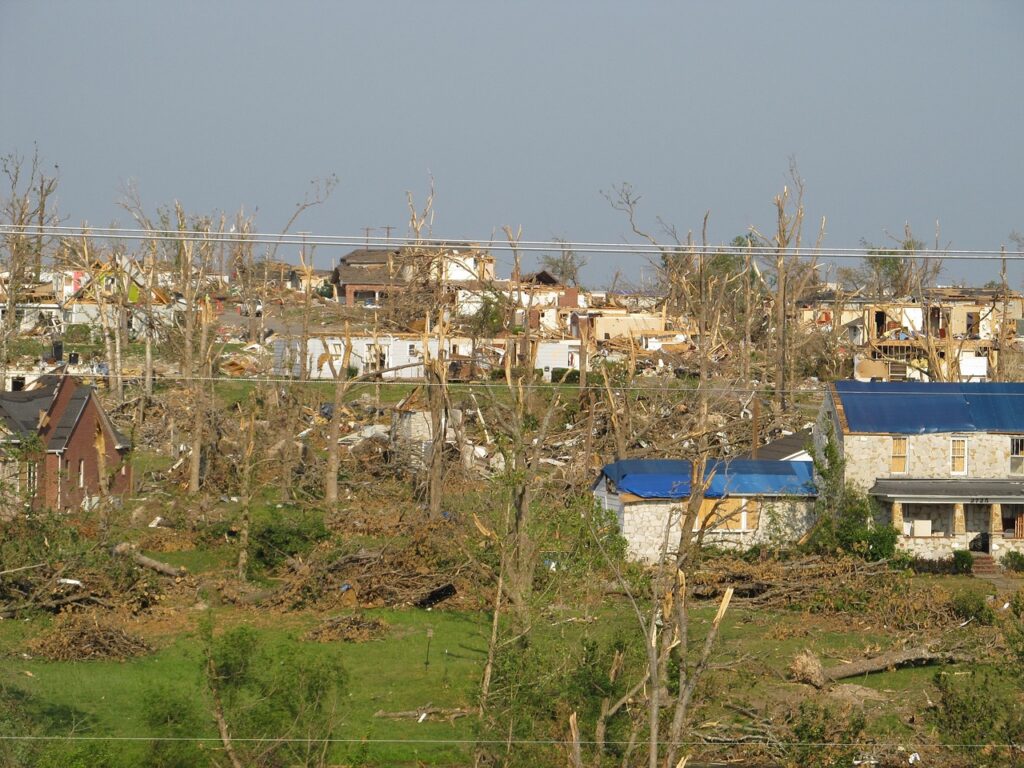
Key differences
To better understand the differences between the two standards, it is important to remind oneself that FEMA P-316 is a best practices guideline, whereas ICC 500 is an enforceable standard that uses language such as “required” and “shall” as opposed to “recommended” and “should.”
In addition, FEMA P-361 safe rooms are intended to provide “near-absolute protection,” while ICC 500 storm safe room shelters provide “life safety.”
Another not so obvious difference between the two is required wind-speed design. While ICC 500 requirements can vary from 130 mph to 250 mph depending on the project’s location, FEMA P-361 requires a 250-mph wind speed to be used in all areas.
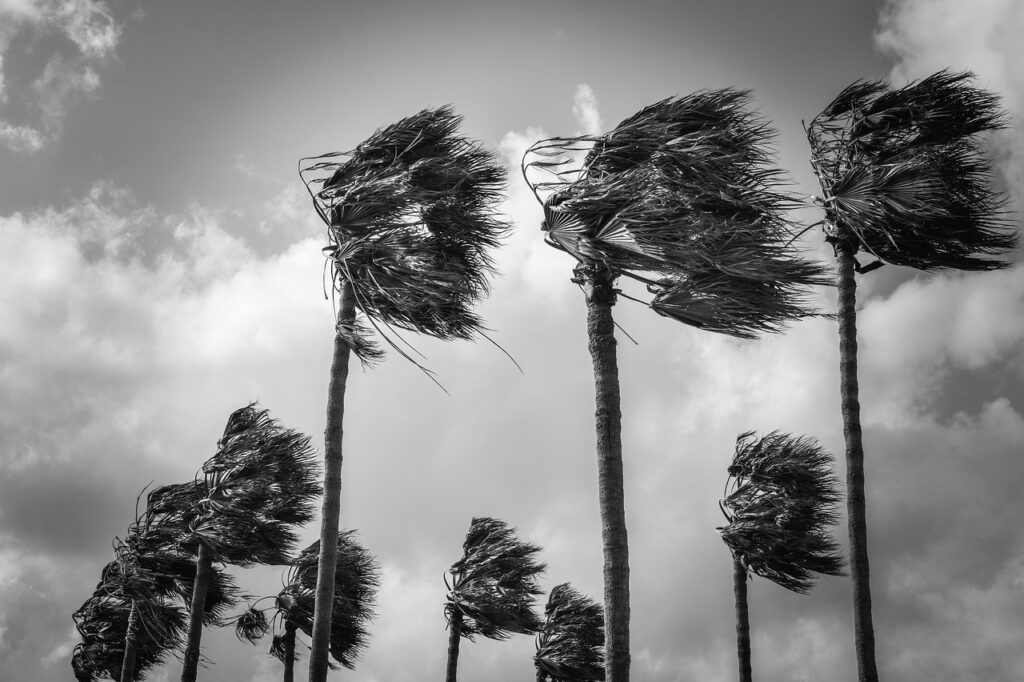
How to meet safe room requirements
If a new project is located in a state that falls in the 250 mile per hour tornado wind speed zone and has adopted 2015 IBC or higher, it is required to incorporate storm safe room shelters to ICC 500 standards when any of the following are being newly constructed: K-12 school buildings with occupancy of 50 or more; 911 call stations; fire, rescue, ambulance, and police stations; and emergency operation centers.
However, if a project is located in an area that has adopted IBC 2015 or higher but falls outside of the 250 mile per hour tornado wind zone, it is required to have a tornado safe room in accordance with ICC 500 standards. This is not stating that a safe room is required (with the exception of those in the 250 miles per hour zone), it is only stating that if someone is going to build a safe room it must be compliant with ICC 500. Please keep in mind, code adoption will vary by municipality within each state.
If a project includes a tornado safe room and participates in the FEMA Safe Room Grant Funding Program, it is required to follow the more stringent guidelines provided within FEMA P-316 regardless of where it is located.
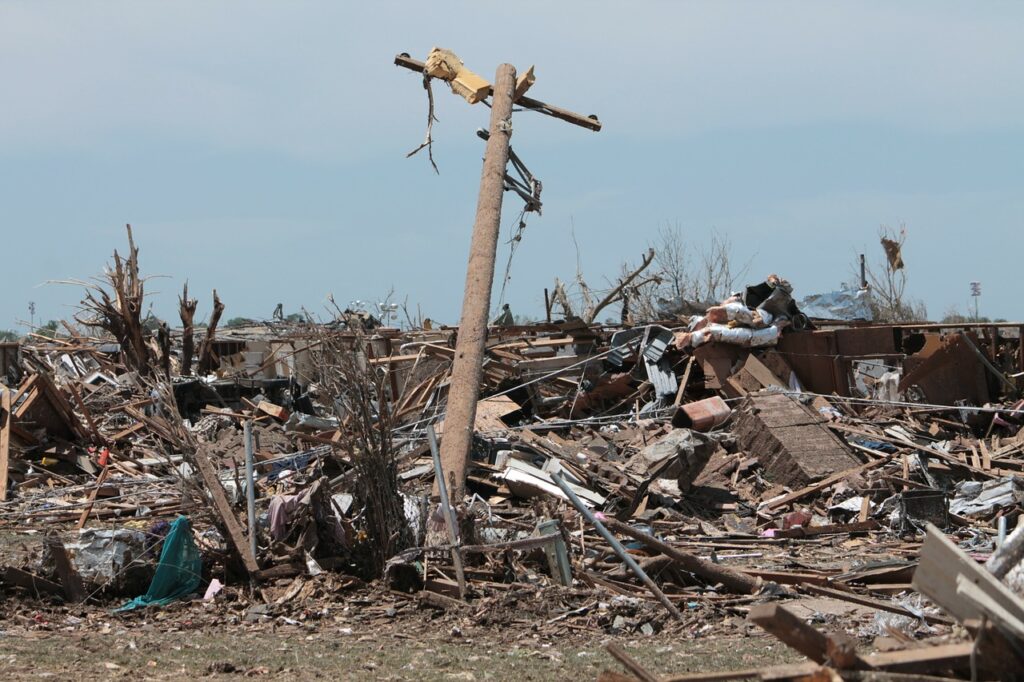
What about hurricane-prone areas?
Hurricane safe rooms fall under the ICC 500 standard with some additional and updated requirements due to the higher wind speed and rainfall from a hurricane. Due to the more advance notice of a hurricane, much of the population in the affected area would be expected to leave the area of anticipated immediate impact and seek shelter outside of the at-risk area.
However, people such as first responders and those who are physically unable to leave the area would remain in harm’s way. Therefore, for hurricane hazards, FEMA only considers providing grant funding for extreme-wind mitigation projects that are designed for populations that cannot remove themselves from harm’s way during a hurricane.
Some additional ICC 500 requirements for a hurricane safe room are:
- ICC 500 hurricane wind speeds for all storm shelters range from 160 mph to 235 mph.
- ICC 500 requires rain loads for structural design to be determined in accordance with ASCE 7, but also specifies that the rainfall rate for hurricane shelters be determined by adding a rate of 6 inches per hour to the rainfall rate established on their provided map.
Best practices for a future of extreme weather events
While guidelines and code requirements play a large role in storm shelter design and constructions, ethics should be an equal part of the equation. Even if a building does not fall into an area that requires a storm shelter, it is best practice to add one if there is the slightest possibility of an extreme weather event. It will not only give the architect or designer piece of mind, but protect the lives of building occupants as well.
In order to provide the A&D with new tools for designing and building safe rooms, leading rolling door manufacturer CornellCookson recently launched a new product. The StormDefender™ Safe Room Door was created with life safety in mind for safe room protection against tornadoes and hurricanes, and is tested and certified to ICC 500-2014 and FEMA P-361 third-edition code standards.
A single StormDefender™ door can be used to cover multiple openings, or even banks of windows to maximize natural light – because of this, typical safe room spaces such as cafeterias, classroom pods and gymnasiums can be open and airy instead of dark and claustrophobic.
When a storm is nearing, the StormDefender™ door deploys, turning an open space into an ICC 500 and FEMA P-361 rated safe room to protect occupants from harsh winds and deadly projectiles. After the storm, the door will coil back into the structure until it is needed again.
While this is just one product, it shows the commitment of the industry to provide the A&D community with code-driven solutions that increase life safety in schools, hospitals and community buildings around the country.
Together, we can protect against the threat of extreme weather – one door at a time.
About the author
 Heather Bender, Strategic Marketing Manager, CornellCookson
Heather Bender, Strategic Marketing Manager, CornellCookson
Heather Bender brings her decade of marketing and product management experience to her current role of Strategic Marketing Manager at CornellCookson. In this position, she is responsible for company growth through the management of a diverse portfolio of new products in the research and development stages. She was previously employed by InterMetro Industries in positions of increasing responsibility, most recently as a Product Manager. In that role, she managed multi-segment product lines servicing the Foodservice, Healthcare and Commercial industries. Heather graduated with honors from Misericordia University with a Bachelor’s degree in Marketing and obtained her Project Management certification from The Pennsylvania State University.

